This blog is part of a Brown Center series, “COVID-19 and education: Five years later,” in which Brookings experts and external contributors reflect on the impacts of COVID-19 on students, schools, and education policy.
As part of a series that looks back at five years since the onset of COVID-19—and looks ahead to the challenges that remain—the Brown Center on Education Policy had the opportunity to speak with Miguel Cardona. Cardona served as secretary of the U.S. Department of Education (ED) during the Biden administration and, prior to that, as commissioner of the Connecticut State Department of Education.
Cardona has a unique perspective on the federal response to COVID-19. Below, we provide videos (and corresponding transcripts) of Cardona’s responses to questions from Jon Valant and Katharine Meyer of the Brown Center. Their conversation touches on a range of issues, including Cardona’s work in Connecticut at the onset of the pandemic, his time leading at ED (March 2021 through January 2025), and his thoughts on some of the challenges currently facing the nation’s schools.
At the onset of the pandemic, you were the commissioner of Education in Connecticut. What do you recall about the earliest days of the pandemic and your team’s response?
It’s hard to talk about technical things without first contextualizing it, as we didn’t know what was happening. And, you know, hindsight’s always 2020, right? We didn’t know—we didn’t have testing. We didn’t have the vaccine. It was supposed to be two weeks…
My initial thing was to just be seen and listen.
What was your experience, as a state commissioner, working with the federal government?
The Chief Council of Chief State School Officers (CCSSO) convened calls, I want to say once a week, and everyone showed up. I showed up to them religiously. It was really important to just hear what other states are doing. And I’ll be very honest with you: That was the only kind of national communication or guidance.
Could the federal government have been more helpful at that time?
So, that support from the federal level saying, ‘Here’s a good way to use CARES dollars. This is what Wyoming is doing, this is what Florida is doing, and this is what New York is doing.’ It was needed, and it would have been helpful.
How would you describe the situation you stepped into as US secretary of education and your administration’s work in those early days?
Only 46% of the schools were open full-time when I assumed the office. Only 46%. And by, like, October, November, we had over 97%…
So, the goal from day one was: We’re going to reopen schools. That’s job number one.
What worked well and what didn't in ED’s response to COVID-19?
What worked well is what I call intentional collaboration: bringing people that have incidental contact, typically, but during a crisis, they have to work together around shared goals
What didn't work well ... it became political quick.
Some people say that ED gave districts too much flexibility in how to spend recovery funds—and should have required more direct spending on academic recovery. What is your perspective?
This is where being an educator really comes in—name something that’s not connected to recovery where the money was used …
As a former teacher, principal, district leader, and commissioner, I know that there has to be a balance between coherence and autonomy. And who knows better than the people in that community what they need?
Many Americans had strong feelings about schools’ response to COVID-19, and it seems the politics of education remain highly charged today. How do you think about the politics of COVID-19 and schools—and its impact?
I think that’s just the nature of where we are as a country, sadly. I think that’s the culture in DC. It made it very difficult to engage in bipartisan efforts to do what’s right. It became harder to listen when one side doesn’t even want to engage, even on things you agree on, like career pathways or mental health of students. It became us versus them, sadly, in many respects. At least publicly, because behind the scenes there were some pretty good conversations with folks that publicly would come after me.
How do you assess the early days of the Trump administration when it comes to education and, specifically, the US Department of Education?
I was sounding the alarm before the election that there’s an effort to privatize and monetize K-12 education. And that will further exacerbate the haves and the have-nots. I’m a big fan of school choice. I chose a technical high school when I was going to high school. I had choice. I’m a product of choice. I don’t agree with using public dollars of underfunded schools to pay for choice for a select few…
Dismantling the public education department is really a strategy to make sure that public education kind of becomes monetized without checks and balances. That’s what’s happening. It’s part of a bigger plan.
The Brookings Institution is committed to quality, independence, and impact.
We are supported by a diverse array of funders. In line with our values and policies, each Brookings publication represents the sole views of its author(s).
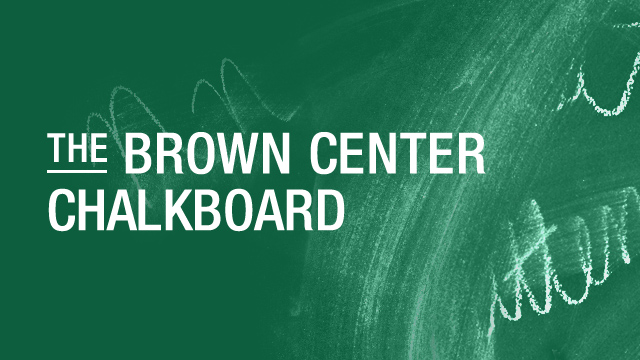

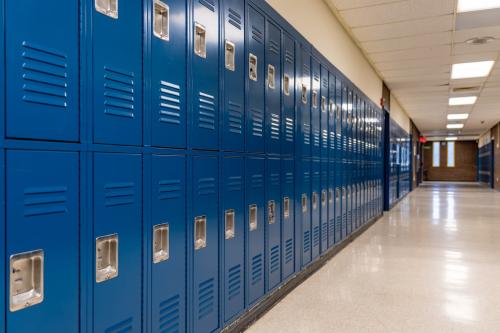



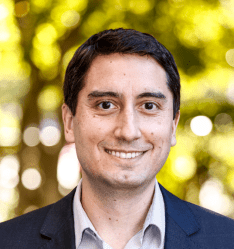

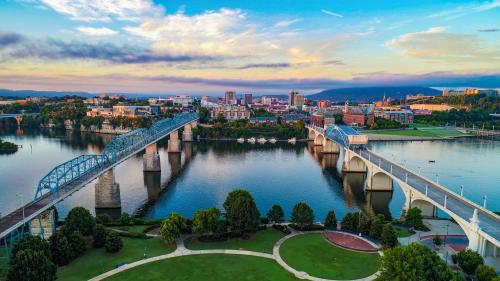
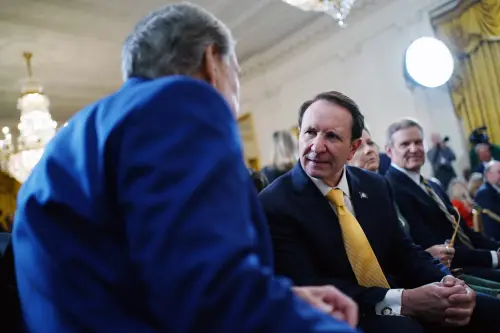
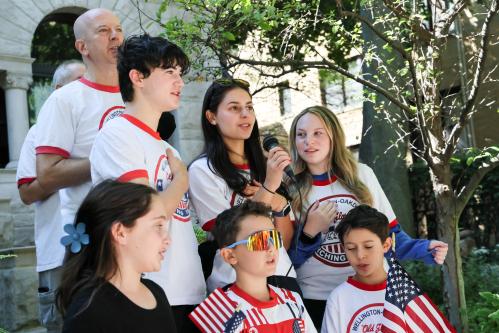
Commentary
A conversation with former Education Secretary Miguel Cardona about COVID-19 and schools
April 3, 2025